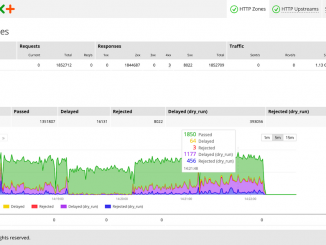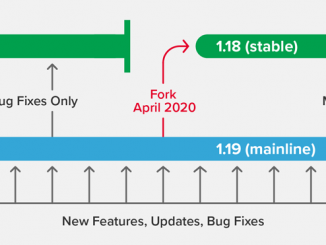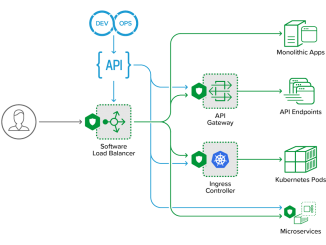
Announcing NGINX Plus R22
Announcing NGINX Plus R22 We are pleased to announce that NGINX Plus Release 22 (R22) is now available. Based on NGINX Open Source, NGINX Plus is the only all-in-one software load balancer, content cache, web server, and API gateway. The primary focus of the release is monitoring and authentication, for enhanced granularity and resilience of your applications at scale. New features in NGINX Plus R22 include: Enhancements to client certificate authentication – Online Certificate Status Protocol (OCSP) verification adds a layer of security to check for revoked certificates with mutual TLS. OpenID Connect support for multiple IdPs – In NGINX Plus R15, we introduced OpenID Connect (OIDC) integration to enable our customers to add single sign‑on (SSO) to their applications. With NGINX Plus R22, you can easily integrate with multiple OIDC identity providers (IdPs). More metrics on the live activity monitoring dashboard – The [ more… ]




